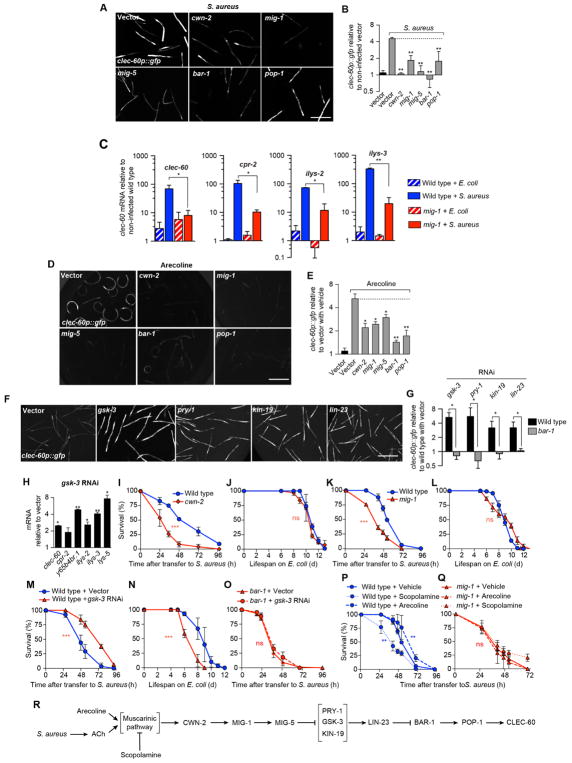Figure 4. Canonical Wnt signaling is necessary and sufficient for host defense gene induction.
(A) Representative epifluorescence micrographs of clec-60p::gfp animals reared on E. coli carrying empty vector or RNAi against cwn-2, mig-1, mig-5, bar-1, or pop-1, and subsequently infected with S. aureus for 16 h. (B) Quantitative analysis of (A). Data are mean ± SEM (at least two independent biological replicates, n ≥ 50 per condition). (C) qRT-PCR of clec-60, cpr-2, ilys-2, and ilys-3 in wild type and mig-1 mutant animals after 8 h S. aureus infection. Results are normalized to E. coli-fed wild type. Data are mean ± SEM (three independent biological replicates, n ≥ 3,000 per condition). (D) Representative epifluorescence micrographs of clec-60p::gfp animals reared on E. coli carrying empty vector or RNAi against cwn-2, mig-1, mig-5, bar-1, or pop-1, and subsequently treated with 5 mM arecoline for 16 h. (E) Quantitative analysis of (D). Results are normalized to non-treated wild type animals. Data are mean ± SEM (at least 2 independent biological replicates, n ≥ 50 per condition). (F) Representative epifluorescence micrographs of clec-60p::gfp animals reared on E. coli carrying empty vector or RNAi against gsk-3, pry-1, kin-19, or lin-23. (G) Quantitative analysis of (F). Results are normalized to wild type animals on empty vector. Data are mean ± SEM (two independent biological replicates, n ≥ 50 per condition). (H) qRT-PCR of antimicrobial genes in wild type animals on gsk-3 RNAi. Results are normalized to empty vector controls. Data are mean ± SEM (three independent biological replicates, n ≥ 3000 per condition). (I) Survival of wild type and cwn-2 mutant animals infected with S. aureus. Results are representative of 2 independent biological replicates. (J) Lifespan of wild type and cwn-2 mutant animals fed E. coli OP50. Results are representative of 2 independent biological replicates. (K) Survival of wild type and mig-1 mutant animals infected with S. aureus. Results are representative of 2 independent biological replicates. (L) Lifespan of wild type and mig-1 mutant animals fed E. coli OP50. Results are representative of 2 independent biological replicates. (M) Survival of wild type animals grown on empty vector or gsk-3 RNAi, and subsequently infected with S. aureus. Results are representative of 2 independent biological replicates. (N) Lifespan of animals treated as in (M), but transferred to E. coli OP50 after RNAi. Results are representative of 2 independent biological replicates. (O) Survival of bar-1 mutant animals treated as in (M). Results are representative of 2 independent biological replicates. (P) Survival of wild type animals treated with vehicle, 1 mM arecoline, or 1 mM scopolamine. Arecoline treatment was 24 h prior to infection and scopolamine was applied during infection. Results are representative of 2 independent biological replicates (Q) Survival of mig-1 mutant animals, treated as in (P). Results are representative of 2 independent biological replicates. (R) Schematic summary of results. Scale bars, 0.6 mm. Also see Figure S2.

